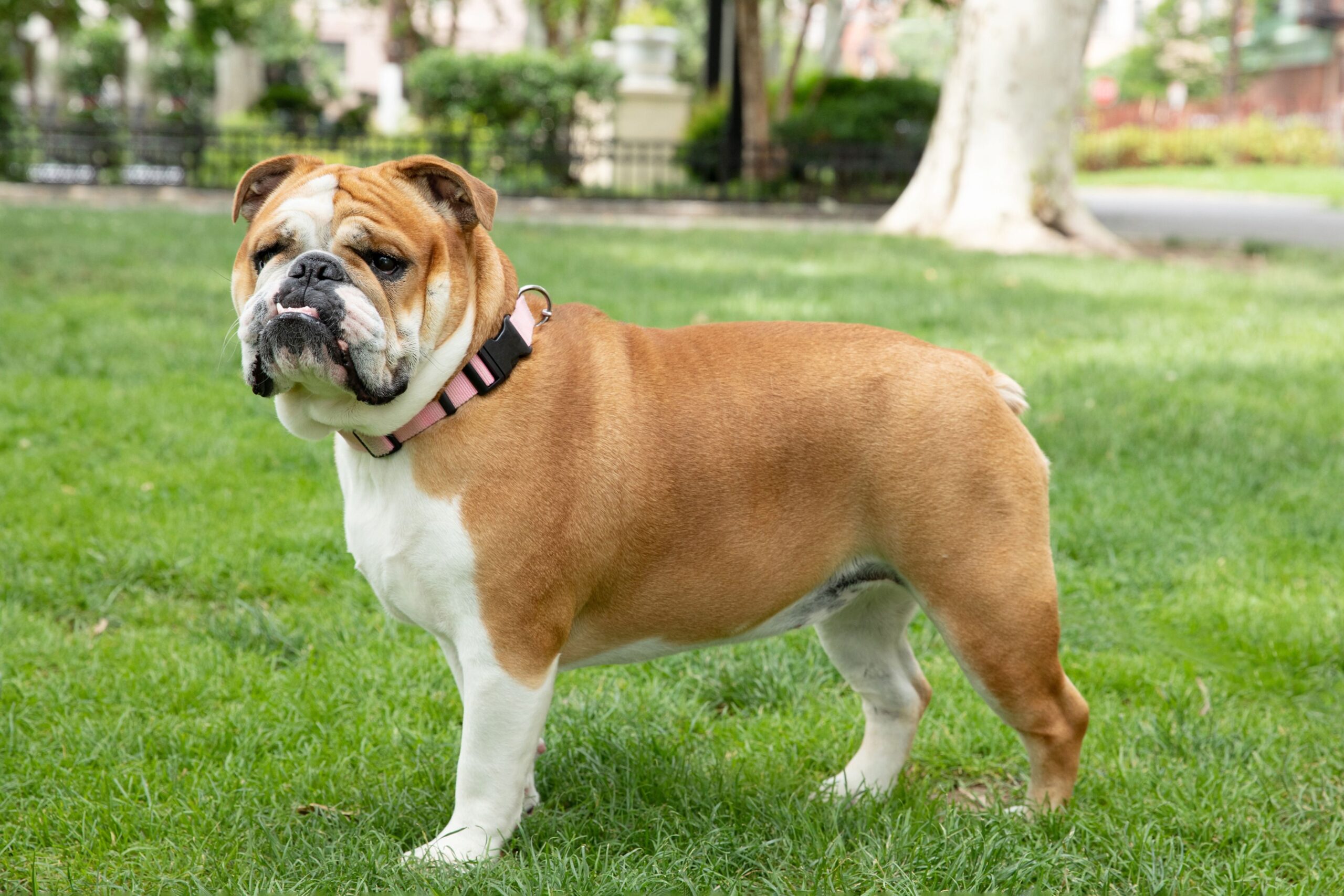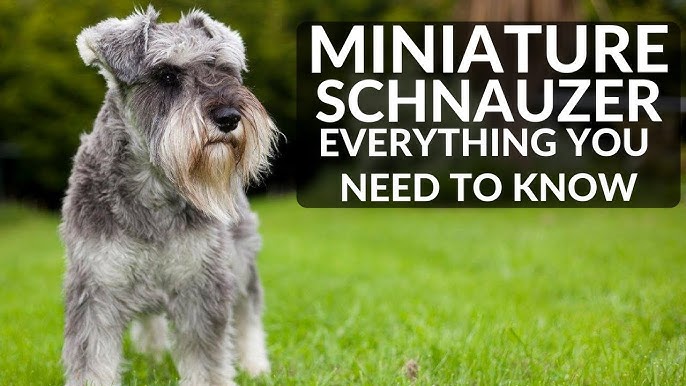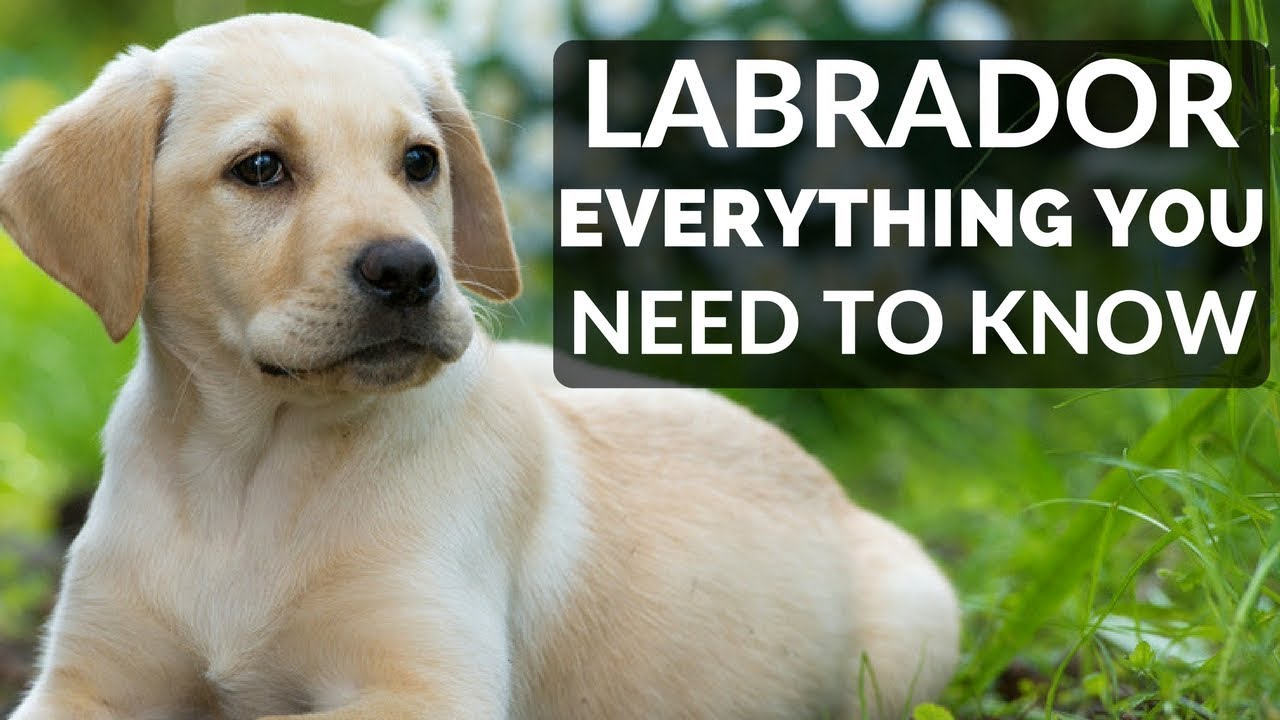Scottish Terrier: Complete Guide, How to Choose, Train, Care, Pros and Cons, and Price
The Scottish Terrier, affectionately known as the “Scottie,” is a small yet bold dog breed beloved for its dignified demeanor, loyalty, and iconic appearance. Often depicted in films and literature, the Scottish Terrier embodies the perfect combination of toughness and charm.
In this article, we will explore everything you need to know about the Scottish Terrier, including its history, characteristics, training tips, care needs, pros and cons, and price range.
Origin and History
The Scottish Terrier traces its roots back to Scotland in the 17th century. Initially bred to hunt vermin and foxes, Scotties were valued for their determination, courage, and hunting prowess. Over time, their charming looks and loyal nature made them popular household companions. Famous figures like President Franklin D. Roosevelt owned Scottish Terriers, further boosting their popularity worldwide.
Physical Characteristics
- Size: Small
- Weight: 8.5 – 10.5 kg (19 – 23 lbs)
- Height: 25 – 28 cm (10 – 11 inches) at the shoulder
- Lifespan: 11 – 13 years
- Coat: Dense, wiry outer coat with a soft undercoat
- Color: Black (most common), but also seen in brindle and wheaten
- Build: Compact, sturdy, with short legs and a distinct beard and eyebrows
Scotties have a proud, almost aristocratic posture, giving them a unique and dignified presence.
Personality and Temperament
Scottish Terriers are famously independent, confident, and slightly aloof with strangers. Despite their reserved nature, they are incredibly loyal to their families.
Key traits include:
- Independent thinkers: May seem stubborn but are highly intelligent.
- Loyal and protective: Make excellent watchdogs despite their small size.
- Reserved but loving: Especially affectionate with their primary caregivers.
- Alert and spirited: Always aware of their surroundings.
Scotties are not “lap dogs” in the traditional sense. They enjoy affection but on their own terms.
How to Choose a Scottish Terrier Puppy
Choosing the right puppy is crucial for a long, happy life together. Here’s a quick guide:
- Find a reputable breeder: Look for breeders who are registered with national kennel clubs and prioritize health over appearance.
- Health screening: Ensure the puppy’s parents have been screened for common genetic issues (like von Willebrand’s disease and craniomandibular osteopathy).
- Temperament check: Choose a puppy that is curious but not overly aggressive or fearful.
- Meet the parents: Observing the puppy’s parents can give you insight into the future behavior and health of your pup.
- Documentation: Verify vaccinations, deworming records, and any certifications.
Tip: Avoid pet stores or puppy mills that prioritize profits over the welfare of the animals.
How to Train a Scottish Terrier
Training a Scottish Terrier can be both rewarding and challenging. Their independent nature requires a patient and consistent approach.
Training Tips:
- Start early: Begin socialization and basic training as early as 8 weeks old.
- Positive reinforcement: Use treats, praise, and play to motivate.
- Short sessions: Keep training sessions under 15 minutes to maintain their attention.
- Be firm but gentle: Set clear boundaries but avoid harsh discipline, which can backfire.
- Focus on socialization: Introduce your Scottie to different people, sounds, and environments early to prevent fearfulness later.
Scotties can be somewhat “set in their ways,” so early, consistent training is essential for a well-behaved adult dog.
How to Care for a Scottish Terrier
Scotties require thoughtful care to thrive:
1. Diet
- Feed a high-quality dog food appropriate for their size and energy level.
- Monitor their weight closely; Scotties are prone to obesity.
- Divide their daily food intake into two meals to prevent bloat.
2. Exercise
- Despite their size, Scottish Terriers need regular exercise.
- Daily walks and moderate play sessions help prevent boredom and weight gain.
- They enjoy digging, so a supervised outdoor play area is ideal.
3. Grooming
- Brush their coat several times a week to prevent matting.
- Professional grooming is recommended every 6-8 weeks to maintain the breed’s distinctive look.
- Regular trimming of the beard and eyebrows is necessary.
- Clean their ears weekly and trim nails as needed.
4. Health Care
- Schedule regular veterinary check-ups.
- Vaccinations, flea prevention, and deworming are essential.
- Be aware of breed-specific health issues like:
- Bladder cancer
- Skin allergies
- Jawbone disorders (CMO)
Early detection and proper care can extend their lifespan significantly.
Pros of Owning a Scottish Terrier
✅ Loyal and protective: Strong bond with family members.
✅ Low-shedding: Good for people with mild allergies.
✅ Independent: Doesn’t require constant attention.
✅ Compact size: Ideal for apartments or small homes.
✅ Excellent watchdog: Always alert and ready to bark at intruders.
✅ Iconic look: Their unique appearance stands out wherever they go.
Cons of Owning a Scottish Terrier
❌ Stubbornness: Can be challenging to train for first-time owners.
❌ Reserved: May not be overly affectionate or social with strangers.
❌ Strong prey drive: Might chase smaller animals like squirrels or cats.
❌ Grooming needs: Requires regular grooming and professional care.
❌ Health issues: Prone to specific genetic conditions requiring medical attention.
Common Health Problems in Scottish Terriers
It’s important to be aware of potential health risks:
- Bladder cancer (Transitional Cell Carcinoma): Higher prevalence in Scotties compared to other breeds.
- Von Willebrand’s disease: A blood clotting disorder.
- Craniomandibular Osteopathy (CMO): A jawbone condition seen in young Scotties.
- Hypothyroidism: A common endocrine disorder.
Choosing a puppy from health-tested parents and regular veterinary care can mitigate many of these risks.
Scottish Terrier Price
The price of a Scottish Terrier can vary depending on the breeder’s reputation, the dog’s lineage, and location.
- In the United States: $1,200 – $3,000
- In the United Kingdom: £1,000 – £2,500
- Other regions: Varies based on demand and availability
Additional yearly costs for food, grooming, veterinary care, and insurance can total around $1,000 – $2,000.
Is the Scottish Terrier the Right Dog for You?
The Scottish Terrier is perfect for individuals or families who:
- Appreciate an independent, dignified dog.
- Are willing to invest time in consistent training.
- Prefer a dog that’s low-shedding but requires regular grooming.
- Can provide moderate daily exercise and mental stimulation.
If you seek a playful, outgoing, and highly social dog, the Scottie might not be the best fit. However, for those who value loyalty, character, and a touch of stubborn charm, the Scottish Terrier is an extraordinary companion.
Conclusion
The Scottish Terrier is much more than just an iconic face — it’s a devoted companion full of character and spirit. With the right approach to training, proper grooming, and a loving home environment, your Scottie will reward you with years of steadfast friendship and undeniable charm.
If you’re ready for a small dog with a big personality, the Scottish Terrier might just be your perfect match!




